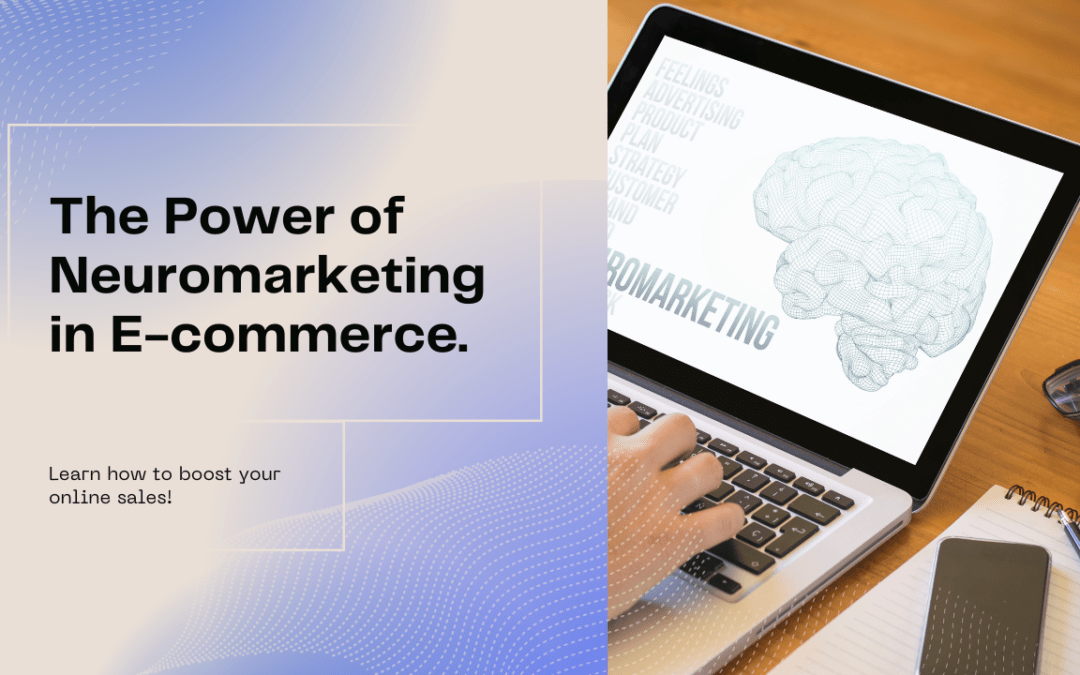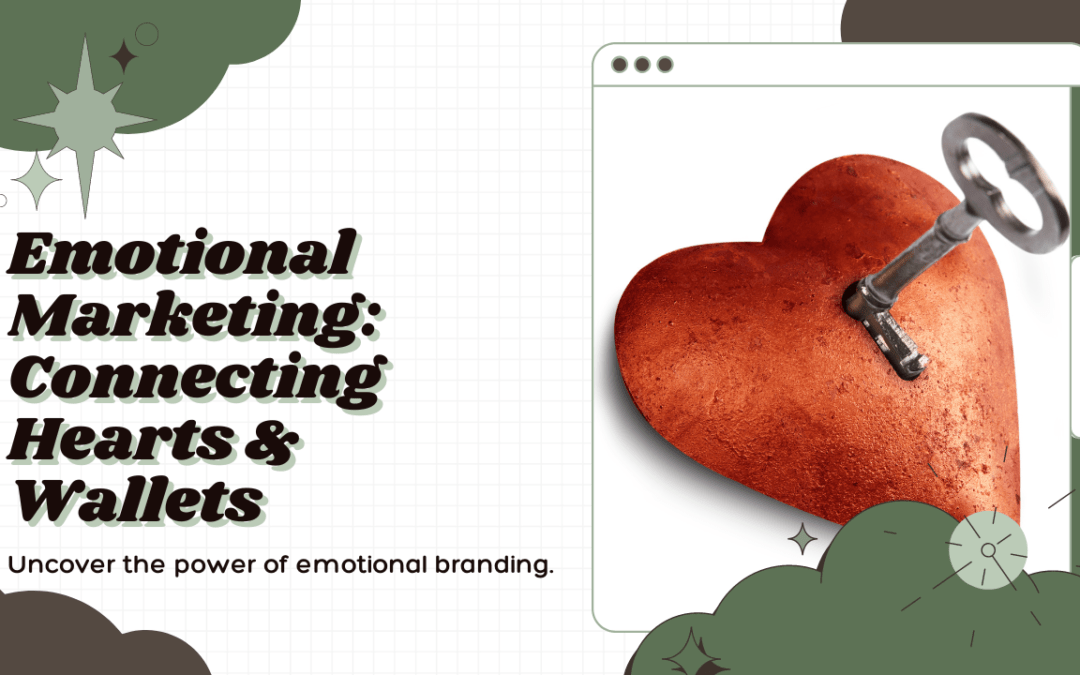
E-commerce Neuromarketing: Boost Sales
Boost Your Ecommerce Store Sales with Neuromarketing
Hey there, e-commerce gurus! If you’re like most Aussie businesses, you’re probably always looking for an edge to boost your online sales. Let’s face it, Aussies are savvy shoppers. According to a 2023 study, 88% of us shop online, and we’re pretty good at sniffing out a deal – or a dud. So, how do you make your e-commerce store stand out in this competitive landscape? Well, there’s a secret weapon you might not know about: neuromarketing.
What the Heck is Neuromarketing, Anyway?
Neuromarketing is basically the science of how the brain responds to marketing stimuli. It’s about understanding what really makes customers tick, not just what they say they like. And it’s changing the game for online retailers who are willing to ditch outdated marketing tactics and embrace the power of brain science.
Think about it this way: traditional marketing is like asking someone what they want for dinner. Neuromarketing is like peeking into their fridge to see what they actually crave. It’s a deeper understanding of your customers’ desires, fears, and motivations, and using that knowledge to create an online shopping experience that resonates on a subconscious level.
So, How Can Neuromarketing Skyrocket Your E-commerce Sales?
Glad you asked! Let’s dive into the neuroscience behind buying decisions, explore some cutting-edge techniques, and uncover the secrets to building an irresistible online store.
Understanding the Neuroscience Behind Buying Decisions
The Brain’s Hidden Shopping List
Have you ever wondered why some products fly off the virtual shelves while others languish in the digital dust? It all comes down to how our brains work. When we shop online, we’re not just making rational decisions based on price and features. We’re influenced by a whole host of unconscious factors, including:
- Emotions: Ever added something to your cart on a whim, only to regret it later? Yep, that’s your emotions at play.
- Cognitive Biases: We’re wired to take mental shortcuts, like assuming a higher price means better quality.
- Social Proof: We’re more likely to buy something if we see others doing it. FOMO (fear of missing out) is a real thing.
Neuromarketing helps you understand these hidden drivers and leverage them to your advantage.
The Power of the Unconscious Mind
Here’s a mind-blowing fact: up to 95% of our purchase decisions are made subconsciously. That’s right, your logical mind is often just along for the ride! Neuromarketing tools like EEG (electroencephalography) and fMRI (functional magnetic resonance imaging) allow us to peek into this unconscious world and see what truly influences consumer behavior.
By understanding the subconscious cues that drive purchasing decisions, you can design your e-commerce store and marketing campaigns to tap into those powerful emotions and biases.
Key Neuromarketing Techniques for E-commerce
Visual Design: Eye Candy for the Brain
Your website’s visual design is more than just aesthetics. It’s a powerful tool for influencing behavior. Here are a few neuromarketing tips to optimize your visuals:
- Colors: Choose colors that evoke the right emotions. For example, blue conveys trust, while orange encourages action.
- Images: Use high-quality images of people using your products. This taps into our mirror neurons, which make us more likely to imitate what we see.
- Visual Hierarchy: Guide the eye towards important elements like the “Buy Now” button.
Pricing Strategies: The Psychology of Money
Pricing is a delicate dance between maximising profit and appealing to customers. Neuromarketing can help you find the sweet spot.
- Charm Pricing: Ending prices in .99 or .95 can make them seem more affordable.
- Price Anchoring: Show a higher “original” price next to the sale price to make the discount seem more significant.
- Bundling: Offer product bundles to increase perceived value
Copywriting and Messaging: Speak to the Subconscious
Your website copy and marketing messages should do more than just inform. They should persuade and entice.
- Emotional Language: Use words that evoke emotions like excitement, curiosity, and fear of missing out.
- Storytelling: Weave a compelling narrative around your brand and products.
- Social Proof: Showcase customer testimonials and reviews.
User Experience (UX): The Path of Least Resistance
Make your website easy and enjoyable to use. This means:
- Fast Load Times: Slow-loading pages are a major turnoff for customers.
- Intuitive Navigation: Make it easy for customers to find what they’re looking for.
- Mobile Optimisation: Most online shopping happens on mobile devices, so make sure your site is mobile-friendly
Measuring and Optimizing Neuromarketing Efforts
You can’t improve what you don’t measure. Here are some ways to track the effectiveness of your neuromarketing efforts:
- Eye Tracking: See where customers are looking on your website. (Hotjar Heat mapping)
- EEG (Electroencephalography): Measure brain activity to see how customers react to your marketing materials.
- Implicit Association Tests (IATs): Uncover unconscious attitudes and associations.
- A/B Testing: Compare the performance of different versions of your website or marketing campaigns
By analysing this data, you can fine-tune your strategies and maximise your ROI. (Reture On Investment)
Ethical Considerations in Neuromarketing
As with any powerful tool, neuromarketing should be used responsibly. Avoid manipulating customers or exploiting their vulnerabilities. Transparency is key – be upfront about how you’re using neuromarketing techniques.
Getting Started with Neuromarketing
Ready to try neuromarketing? Here are a few ways to get started:
- Hire a Consultant: If you’re serious about it, consider partnering with a neuromarketing expert who can guide you through the process.
- DIY Neuromarketing: There are several affordable tools available that allow you to conduct basic neuromarketing research on your own.
- Learn More: Read books and articles, attend workshops, and stay up-to-date on the latest research in neuromarketing
Final Thought
Neuromarketing is a powerful tool that can transform your e-commerce business. By understanding the neuroscience behind buying decisions, you can create a more engaging and effective online shopping experience that drives sales and builds customer loyalty.
Remember, neuromarketing is an ongoing process of learning and optimisation. Start small, experiment with different techniques, and track your results.
Ready to start your neuromarketing journey?
Resource: “Emotional Marketing: The Key To Unlocking Your Consumers Hearts and Wallets”
Wishing you epic wins,
 Red/ Marketer with a Soul
Red/ Marketer with a Soul
Drop us a Line 📞 🗝 1300 902 588
Follow Us on Social ⏬⏬








